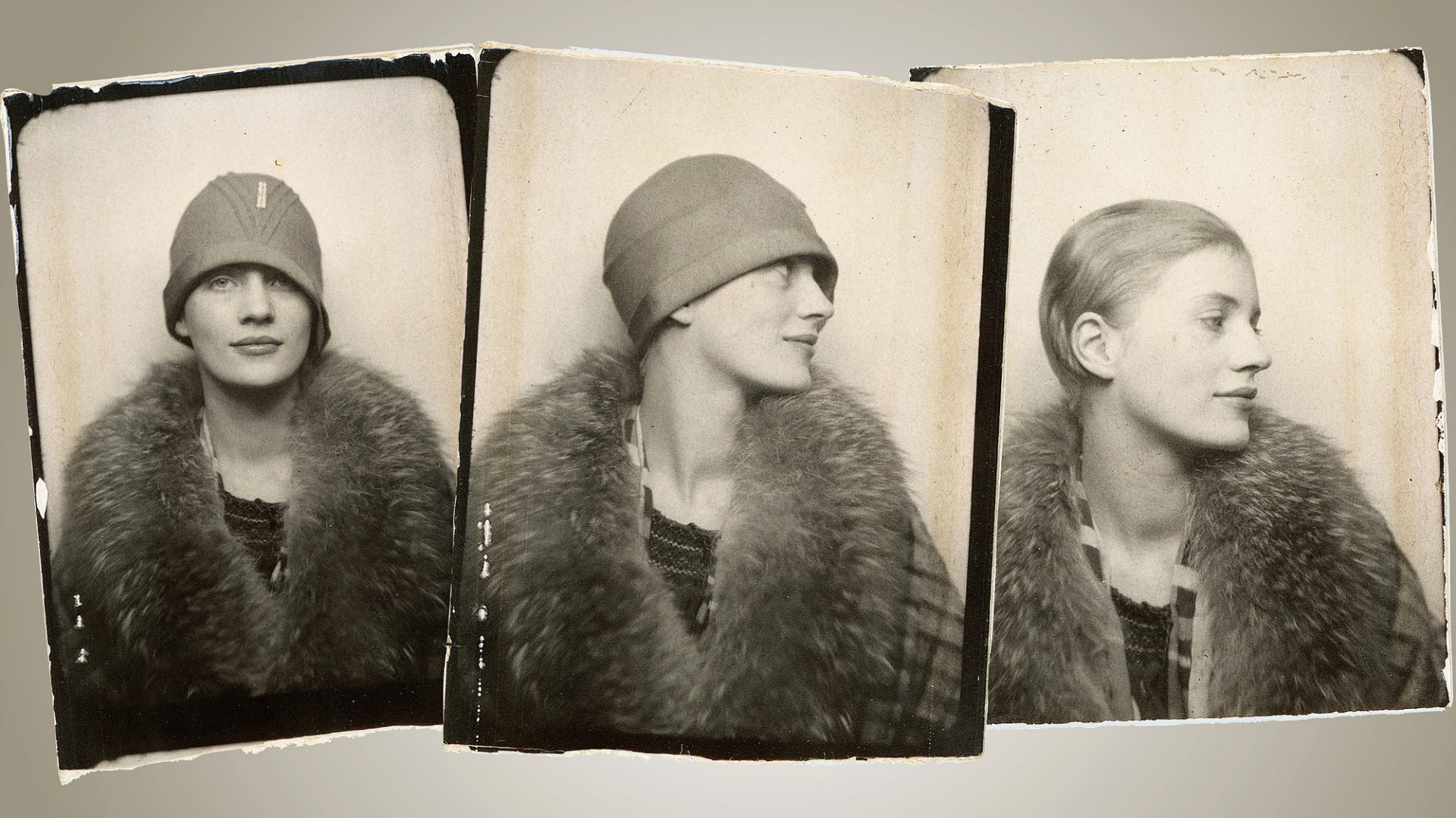They used to say that the only thing you couldn’t do online in Estonia is get divorced, but even that changed in January when the country declared it had gone “100 per cent digital, zero per cent bureaucrazy”. Well almost.
To get married, you can make the declaration online but to tie the knot you must still turn up in person; after all you can’t cut a cake from behind a computer screen. The same applies if it goes wrong.
Since the end of 2024, the unhappy couple can file their separation papers digitally; they can even divide up the furniture and the gym membership online. But once a mandatory 30-day cooling off period has expired and they haven’t changed their minds, they must appear before an official, just this once. Presumably to verify that they’re not bots. Or avatars.
This tiny country of 1.3 million people is the model technological state, one of 10 countries I have visited over the past two years that are making innovative progress in areas of public policy ranging from health to education, from immigration to renewable energy. It has also succeeded in e-government, something the UK has dabbled in, but never quite seems to get right – as the latest row over digital ID cards proves.
Estonia modernised to survive. When the Iron Curtain fell in 1991, and the three Baltic states regained their independence after half a century of occupation by the USSR, it had almost no money and no resources. That hadn’t always been the case.
Before the second world war, Estonians and their Finnish neighbours had almost identical incomes and life expectancy. By the end of the 1980s and the collapse of Communism, Finns lived four years longer and earned eight times more.
Estonia then took an all-out bet on digital. There was no blueprint, yet within a decade and a half, it had become one of the world leaders in digital literacy, cyber security, internet freedom and e-government. In 2000, its government declared internet access a human right and mandated service providers to ensure reliable and equal access across the country. Broadband was only beginning to crank up in the UK.
Five years later, Estonia became the first country to allow internet voting; now more than half the eligible population casts their ballot online. Some 85% of birth registrations are completed digitally. Before a baby has made it from the maternity room to the postnatal ward, it can receive its identity number, its parents can choose its name and apply for a kindergarten place.
Now any of 3,000 state services, from medical prescriptions to fishing licences, are available online. Almost everyone – including the elderly – regard e-government as second nature.
Digitalisation is an issue that successive British governments have dipped in and out of. When he was prime minister, David Cameron made it a priority, sending Francis Maude, one of his trusted ministers, to Tallinn for brainstorming sessions.
In 2013, the UK and Estonia signed a memorandum of understanding – Tallinn agreed to cooperate with the Brits, even though the Estonians were being polite; the knowledge transfer was almost all in one direction. To be fair, Britain’s e-government did improve rapidly during this period; citizens could access more services and more quickly than in several other EU states. After one visit in 2013, Maude wrote in a government blog: “I knew they were digitally sophisticated. But even so, I wasn’t remotely prepared for what I learned.”
Much of the improvement in the British government’s gov.uk website of services for the public derives from that Estonian experience. The front-facing end of British digital services is generally of a high standard. You can apply for a passport online, simply and quickly. The same goes for a driving licence and other services.
Where it has continually failed, sometimes spectacularly and with devastating consequences for the lives of citizens, has been the back-end technology. NHS systems have been “modernised” several times, at considerable cost and with little discernible sign of improvement. The most heinous example of state failure and bullying was the treatment of sub-postmasters and postmistresses in the Royal Mail scandal.
Suggested Reading


The ID cards disaster is another sign that Starmer has lost it
Estonians (and pretty much everyone else in Europe) are baffled by the British hang-up over ID cards. Politicians on the left cite human rights abuses; on the right they talk of libertarian freedom, plucky David fighting off the overbearing Goliath state. But this is typical British hubris, deployed as usual in the absence of detailed knowledge.
Brits seem relaxed about cameras on every street corner; they use a variety of ways to prove their identity, including three months of utilities’ bills, passport number, National Insurance number and so on. But when it comes to a single, easy-to-use digital credential that would dramatically improve their access to services, they seem to baulk.
In the early 2000s the Blair government floated the idea of introducing some form of ID but was deterred by the howls of outrage. Despite his admiration for all things Estonian, Cameron jumped on the bandwagon, describing the idea as “the worst of all worlds – intrusive, ineffective and enormously expensive”. Estimates of the true cost vary between £100m and £2bn, but that would depend on the terms of the contract. (The lessons of the private finance initiative where the government signed crushingly expensive deals to finance hospitals, and the government’s botched purchase of Covid-era personal protective equipment is not a great track record).
And now Keir Starmer has plucked up the courage to embrace the idea of identity – not just as a means of making the state more efficient, but in giving citizens more rights. In other words, he had gone full-on Estonian.
With the prime ministers of Australia, Canada, Denmark and Spain on hand for support, he made his announcement at the Global Progress Action Summit, a gathering of 40 supposedly centre-left governments. “Digital ID is an enormous opportunity for the UK. It will make it tougher to work illegally in this country, making our borders more secure,” the prime minister declared, adding that the scheme would produce “countless benefits”.
Yet another issue was being adopted by Labour in a desperate attempt to out-Reform Reform on immigration. Yet another opportunity was being missed to learn from elsewhere and do something radical.
Starmer duly received a hammering, from both sides. Within days, civil liberties groups had amassed more than a million signatures in protest, while the Daily Mail described it as “an authoritarian move that’ll make Britain even more like East Germany”.
Polling for the Tony Blair Institute – which has been overseeing the plans behind the scenes – suggests that the public is ahead of the game, with over 60% either strongly or somewhat supporting its introduction, compared to less than 20% opposed. Tech-savvy younger people don’t see what the problem is and would appreciate the greater convenience; older voters see it as helping governments combat crime. If you were a betting person (online of course), you would wager some money that this, like other radical measures that don’t press immediate buttons, will bite the dust.
Almost everywhere you go in Europe, ID is not an issue and hasn’t been for years. To consent to change, you need to have confidence in the state to look after your data safely and to use it only for legitimate purposes. And there lies one of the problems.
Any system lives or dies on transparency and trust. In Estonia, medical records were moved online in 2008, allowing any doctor, nurse or pharmacist to call up a patient’s history with a few keystrokes. Yet patients or guardians can restrict their access if they deem it unnecessary. To put it simply: citizens own their data.
Law enforcement and other public bodies require a court order to look at someone’s records. Individuals can check whether their information has been accessed without their consent or without justification, as security breaches leave an immediate footprint. They can then lodge a complaint (online), and breaches are liable to criminal prosecution.
All this provides the backbone for e-Estonia, the refashioning of a state and its relationship towards the citizen. At the latest count, 97.6% of Estonians regularly access digital services.
It takes no longer than five minutes (some people do it in three) for individuals and businesses to fill out tax returns because they are “pre-populated” with answers from previous years, meaning Estonians only need to tweak them to ensure they are up to date. As a result, compliance has increased, and fraud has reduced. The latest estimate is that the country has saved 2% of GDP by going digital – which also equates to the figure for defence spending expected of Nato members.
In this most digital of countries, the government estimates that the average Estonian wins back five days a year by not having to deal with analogue bureaucracy. Because everything is delivered more swiftly, they have more opportunity to go hiking or to the sauna. Starmer clearly sees no votes in anything as enlightened as that.
John Kampfner’s latest book, Braver New World, will be published next year.




